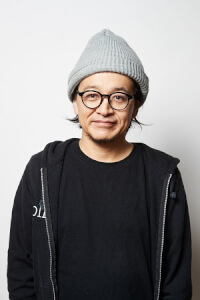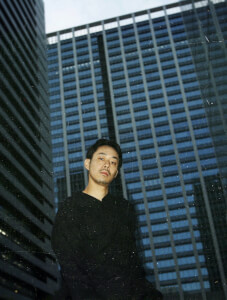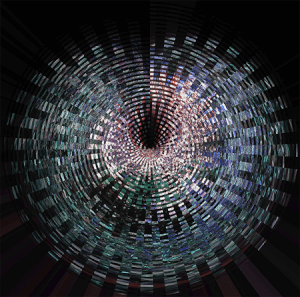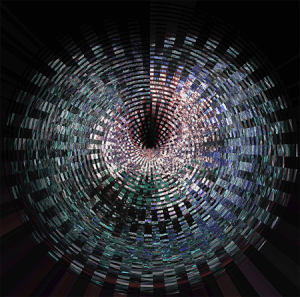In this artist talk, we would like to present our on-going study at an anechoic chamber as a point of contact between the two cultures [Snow et al, 1961].
This study considers an anechoic chamber situated initially as an acoustic measurement facility for engineering purposes as a space for listening to sound with aesthetic intentions. We are forming experience of listening sound directly in its unique acoustic area, without relying on amplification of sound by microphones and speakers or added reverberation like in a concert hall. Based on a historical survey of artistic and scientific attempts at sound and space, we intend to embody "the relationship between sound as an object's vibration, its space, and the events that occur therein [Hatanaka, 2003]".
As our embodiments, we planned to produce three pieces of art to validate our intention from the two cultural points of view. In each piece, we intended to focus on A. Voice in an anechoic chamber, B. Noise in an anechoic chamber, and C. Perception in an anechoic chamber with different artists. And the arrival of the COVID-19 has prompted further reflection on what it means to listen to sound directly.
For example, A. Voice in an anechoic chamber will be produced with a rapper Tamaki Roy (http:// www.tamakiroy.com/). In this piece, with a focus on "orality" [Ong, 1984], we investigate how the voice, as an improvisational and transitory thing that comes directly from the human body, can be listened / made to be listened, and how this process can be connected to the "literacy". The piece will embody a direct transmission of sound between the rapper's larynx to the audience's eardrum without the use of microphones and loudspeakers. With subjective descriptions of participants and objective recordings by machines, we try to find a way to merge the differences.
However, the airtightness of an anechoic chamber retains the flow of atmospheric objects (including droplets), which are the base of the sound. For the rapper, a face mask is an impediment to his voice, not protection for himself from others. It can also be anxiety for the listener to listen to direct vocalizations in the enclosed space.
One idea that seems transgressive at this moment is that the listener wears a gas mask to cover the senses of sight, smell, touch, and taste, but reveal only hearing. However, as Attali described [Attali, 1977], the piece might ahead of the rest of society and prophesy its styles and economic organization.
References
Snow, Charles Percy, and Roman Smoluchowski. "The two cultures and the scientific revolution." Physics Today 14 (1961): 62.
Hatanaka, Minoru, "Resounding Spaces", Sounding Spaces - 9 Sound Installations, NTT publishing (2003).
Ong, Walter J. Orality and literacy. Routledge (2013).
Attali, Jacques. Noise: The political economy of music. Manchester University Press (1985).
Back









